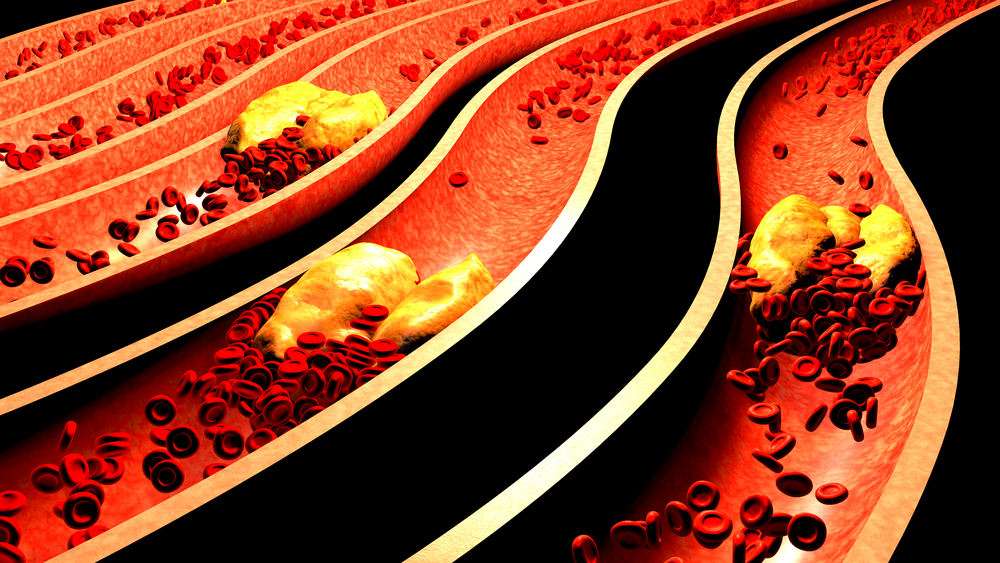
Kawasaki disease (KD) is an uncommon illness that affects blood vessels in the hearts of children. It is the leading cause of acquired heart disease in infants and children. Researchers at University of California San Diego School of Medicine, Rady Children’s Hospital-San Diego and Betty Irene Moore School of Nursing at University of California Davis have received a $2 million grant from the Patient-Centered Outcomes Research Institute (PCORI) for a three-year study to look at the effectiveness of two treatment options for children with KD who are resistant to initial therapy.
Standard treatment for KD is intravenous immunoglobulin (IVIG), a mixture of derived antibodies, but 10 to 20 percent of patients are resistant to this therapy, putting them at a higher risk for serious complications, such as coronary artery damage and aneurysms. There are no current guidelines for the best secondary treatment.
Most patients receive either a second infusion of IVIG or an engineered antibody called infliximab that inactivates a molecule that promotes inflammation. The recent PCORI grant will support a study to compare the effectiveness of these two approaches for IVIG-resistant KD patients.
“After talking to more than 100 parents, clinicians and researchers, we learned that their top priority for research is to test the effectiveness of treatments to prevent heart damage in this fragile patient population,” said Jane Burns, MD, co-principal investigator of the study and professor of pediatrics at UC San Diego School of Medicine. “Our findings will further Kawasaki disease research and give insight into how to approach patients who do not respond to initial treatment.”
KD can be hard to diagnose and experts don’t know the cause. With an estimated 6,000 cases a year in the United States, it is the most common in children ages 1 to 2 and can cause a variety of clinical signs, such as a high fever, body rash, bloodshot eyes, red lips and swollen lymph nodes in the neck.
“We want to see which treatment option will stop the fevers and inflammation fastest in patients whose symptoms return after IVIG treatment or never subside,” said Burns, director of the Kawasaki Disease Center at UC San Diego School of Medicine and Rady Children’s Hospital-San Diego.
In addition to comparing the effectiveness of the two drugs, the researchers will also evaluate patient reported outcomes using mobile technology. The study will use an app for parents to use that will record their child’s discomfort, psychosocial concerns and other experiences during a hospital stay and after discharge.
“Because children can be resistant to treatment, parents can understandably become anxious and frustrated,” said Katherine Kim, PhD, MPH, co-principal investigator and assistant professor at UC Davis. “The mobile app will help us determine and better understand KD and the burden treatment can have on patients and their families.”
The KD study was selected for PCORI funding through a highly competitive review process. The goal of the non-profit organization is to determine which of the many health care options available to patients and those who care for them work best in particular circumstances so they can make the most informed decisions.
“We are incredibly grateful and honored that PCORI chose to fund our study. Research in this area is critical to provide physicians more answers and patients the highest quality of care for a disease that has historically been a mystery in the medical field,” said Burns.




